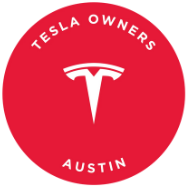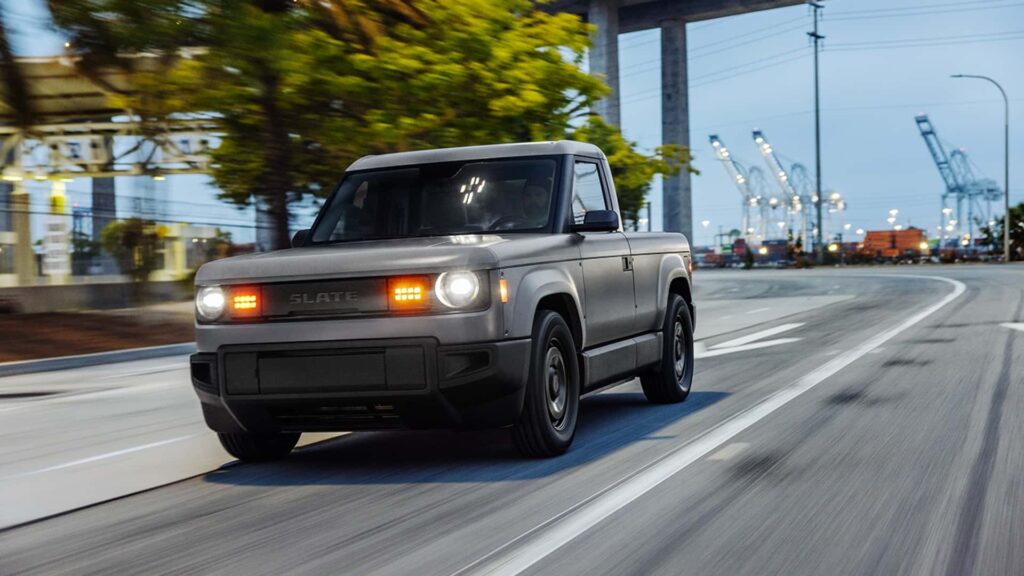Electric Vehicle (EV) drivers may not be utilizing their cars to their full potential, according to data from Recurrent. The firm’s research shows that on average, EV drivers only use 12.6% of their car’s EPA-rated range. This finding challenges the common belief that EVs need to have extensive range capabilities.
Recurrent’s analysis revealed that even EVs with EPA-rated ranges of 350-375 miles, some of the highest in the market, are only being utilized for an average of 40.9 miles per day. This usage pattern translates to EV drivers using just a fraction of their car’s potential range on a daily basis.
The data suggests that the current emphasis on increasing EV range may not align with the actual driving habits of consumers. Americans typically travel around 40 miles per day on average, indicating that the obsession with longer ranges may be driven by hypothetical scenarios rather than everyday use.
While there are certainly EV drivers who require longer ranges for specific purposes such as frequent long-distance travel or limited charging infrastructure, the majority of users may not need as much range as they think. This realization could lead to significant cost savings for both consumers and manufacturers.
By adopting smaller battery packs, EVs could become more affordable and efficient. Manufacturers like Slate and Ford are already exploring the concept of offering EVs with smaller ranges at lower price points. This strategy could make EV ownership more accessible to a wider range of consumers.
The shift towards smaller range EVs could also contribute to a more sustainable future by reducing the environmental impact of manufacturing larger battery packs. Additionally, the data suggests that most EV drivers quickly adapt to their vehicles and overcome initial range anxiety, indicating that the industry’s focus on increasing range may not always be necessary.
Overall, the data from Recurrent highlights the potential for a shift in the EV market towards more practical and cost-effective vehicles. By reevaluating the need for extensive range capabilities and focusing on real-world usage patterns, the industry could make EV ownership more accessible and appealing to a larger audience.

